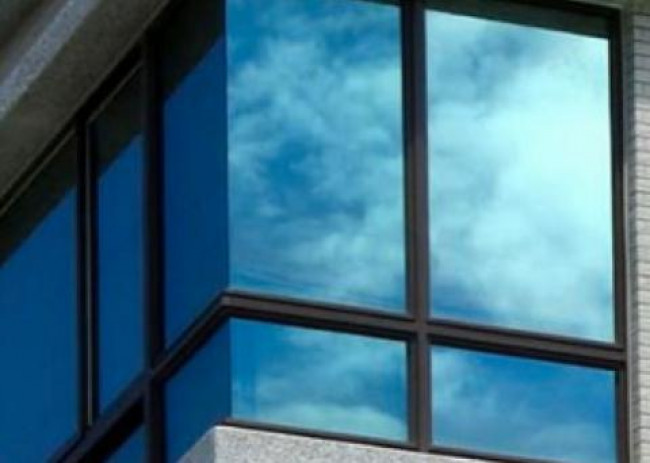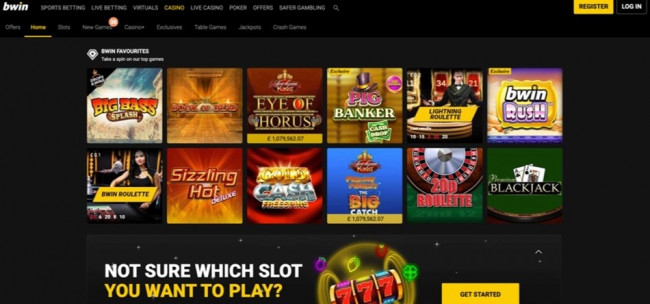Post-traumatic amnesia is a transient state following a traumatic brain injury, where brain function is temporarily altered, disrupting cognitive and behavioural functioning (Parker et al., 2022). The accurate diagnosis of post-traumatic amnesia is critical for understanding the appropriate clinical management and prognosis of the patient following a traumatic brain injury. However, in many cases these impairments are not accurately diagnosed, negatively impacting clinical care as well as medicolegal claims.
Post-traumatic amnesia was first described in 1930s by British neurologists Ritchie Russell and Charles Symonds (Russel, 1932; Symonds, 1937). Post-traumatic amnesia refers to the time between the onset of a traumatic brain injury and the time that patients can encode and retrieve new memories. It was noted that patients typically exhibit a range of cognitive, behavioural and perceptual deficits, as well as considerable variation in their clinical presentations. Russell and Symonds coined the term “post-traumatic amnesia” because memory function returned to normal following the resolution of this transient state.
The term “post-traumatic amnesia” is misleading and unhelpful because this state is characterised by a broad range of cognitive, behavioural and perceptual deficits, not limited to memory impairment. As a result, many clinicians fail to carry out appropriate assessments to identify other aspects of cognition and behaviour that are impaired, apart from memory function (Parker et al., 2022). As a result, there has been a call from neurologists to refer to this state as “post-traumatic confusional state” or “post-traumatic delirium” (Parker et al., 2022).
Cognitive impairments exhibited during the post-traumatic amnesia/confusional state include deficits in attention, executive functioning, processing speed, memory loss for events prior to the injury and an inability to encode and form new memories (Parker et al., 2022). Therefore, comprehensive clinical histories, neuroimaging, as well as comprehensive cognitive and neuropsychological assessments are needed following a traumatic brain injury to determine the likely severity of cognitive impairments and the likely prognosis.
Behavioural disturbances exhibited during the post-traumatic amnesia/confusional state include agitation, restlessness, confusion and sometime aggression (Parker et al., 2022). Some patients in the post-traumatic amnesia/confusional state also experience hallucinations and are often misdiagnosed with psychosis. Other differential diagnoses that should be ruled out include Wernicke’s encephalopathy, intracranial haemorrhage, fat embolism syndrome as well as alcohol and/or illicit drug use and/or withdrawal. However, some patients who have experienced a traumatic brain injury may experience psychosis secondary to the effects of opioid analgesics. It can also be particularly challenging to properly assess patients who experience a traumatic brain injury if they are intoxicated at the time of the injury since this can confound the results of the cognitive and neuropsychological tests.
Understanding whether a cognitive impairment arising from a traumatic brain injury is transient or permanent is critical for medicolegal claims. However, it can be challenging to distinguish between permanent deficits and impairments that are plausibly related to a transient state of post-traumatic amnesia. This is especially challenging since the duration of the post-traumatic amnesia/confusional state can vary considerably between patients. Therefore, repeated and detailed cognitive, neuropsychological and neuroimaging tests are needed to help establish the nature of the cognitive impairments following a traumatic brain injury (Parker et al., 2022).
The duration of the post-traumatic amnesia state is a significant predictor of functional outcomes following a traumatic brain injury (Nakase-Richardson et al., 2011). Therefore, the accurate and timely diagnosis of post-traumatic amnesia is crucial. If the duration of this is not accurately measured, this will negatively impact the accuracy of the likely prognosis of the patient. It is also critical that timely and accurate diagnoses are made to support the clinical management of the patient. If for example, an individual is incorrectly diagnosed with psychosis and prescribed typical antipsychotics such as haloperidol, this could inadvertently worsen functional outcomes since antipsychotics have been shown to increase the duration of post-traumatic amnesia (Rao et al., 1985) linked with poorer functional outcomes (Nakase-Richardson et al., 2011).
These findings highlight the importance of rigorous, accurate and timely cognitive, neuropsychological and neuroimaging assessments to understand the nature, severity and duration of the post-traumatic amnesia/confusional state to support the clinical management and medicolegal claims of individuals who have experienced a traumatic brain injury.
Post-traumatic amnesia is a transient state following a traumatic brain injury, where brain function is temporarily altered, disrupting cognitive and behavioural functioning (Parker et al., 2022). The accurate diagnosis of post-traumatic amnesia is critical for understanding the appropriate clinical management and prognosis of the patient following a traumatic brain injury. However, in many cases these impairments are not accurately diagnosed, negatively impacting clinical care as well as medicolegal claims.
Post-traumatic amnesia was first described in 1930s by British neurologists Ritchie Russell and Charles Symonds (Russel, 1932; Symonds, 1937). Post-traumatic amnesia refers to the time between the onset of a traumatic brain injury and the time that patients can encode and retrieve new memories. It was noted that patients typically exhibit a range of cognitive, behavioural and perceptual deficits, as well as considerable variation in their clinical presentations. Russell and Symonds coined the term “post-traumatic amnesia” because memory function returned to normal following the resolution of this transient state.
The term “post-traumatic amnesia” is misleading and unhelpful because this state is characterised by a broad range of cognitive, behavioural and perceptual deficits, not limited to memory impairment. As a result, many clinicians fail to carry out appropriate assessments to identify other aspects of cognition and behaviour that are impaired, apart from memory function (Parker et al., 2022). As a result, there has been a call from neurologists to refer to this state as “post-traumatic confusional state” or “post-traumatic delirium” (Parker et al., 2022).
Cognitive impairments exhibited during the post-traumatic amnesia/confusional state include deficits in attention, executive functioning, processing speed, memory loss for events prior to the injury and an inability to encode and form new memories (Parker et al., 2022). Therefore, comprehensive clinical histories, neuroimaging, as well as comprehensive cognitive and neuropsychological assessments are needed following a traumatic brain injury to determine the likely severity of cognitive impairments and the likely prognosis.
Behavioural disturbances exhibited during the post-traumatic amnesia/confusional state include agitation, restlessness, confusion and sometime aggression (Parker et al., 2022). Some patients in the post-traumatic amnesia/confusional state also experience hallucinations and are often misdiagnosed with psychosis. Other differential diagnoses that should be ruled out include Wernicke’s encephalopathy, intracranial haemorrhage, fat embolism syndrome as well as alcohol and/or illicit drug use and/or withdrawal. However, some patients who have experienced a traumatic brain injury may experience psychosis secondary to the effects of opioid analgesics. It can also be particularly challenging to properly assess patients who experience a traumatic brain injury if they are intoxicated at the time of the injury since this can confound the results of the cognitive and neuropsychological tests.
Understanding whether a cognitive impairment arising from a traumatic brain injury is transient or permanent is critical for medicolegal claims. However, it can be challenging to distinguish between permanent deficits and impairments that are plausibly related to a transient state of post-traumatic amnesia. This is especially challenging since the duration of the post-traumatic amnesia/confusional state can vary considerably between patients. Therefore, repeated and detailed cognitive, neuropsychological and neuroimaging tests are needed to help establish the nature of the cognitive impairments following a traumatic brain injury (Parker et al., 2022).
The duration of the post-traumatic amnesia state is a significant predictor of functional outcomes following a traumatic brain injury (Nakase-Richardson et al., 2011). Therefore, the accurate and timely diagnosis of post-traumatic amnesia is crucial. If the duration of this is not accurately measured, this will negatively impact the accuracy of the likely prognosis of the patient. It is also critical that timely and accurate diagnoses are made to support the clinical management of the patient. If for example, an individual is incorrectly diagnosed with psychosis and prescribed typical antipsychotics such as haloperidol, this could inadvertently worsen functional outcomes since antipsychotics have been shown to increase the duration of post-traumatic amnesia (Rao et al., 1985) linked with poorer functional outcomes (Nakase-Richardson et al., 2011).
These findings highlight the importance of rigorous, accurate and timely cognitive, neuropsychological and neuroimaging assessments to understand the nature, severity and duration of the post-traumatic amnesia/confusional state to support the clinical management and medicolegal claims of individuals who have experienced a traumatic brain injury.
















